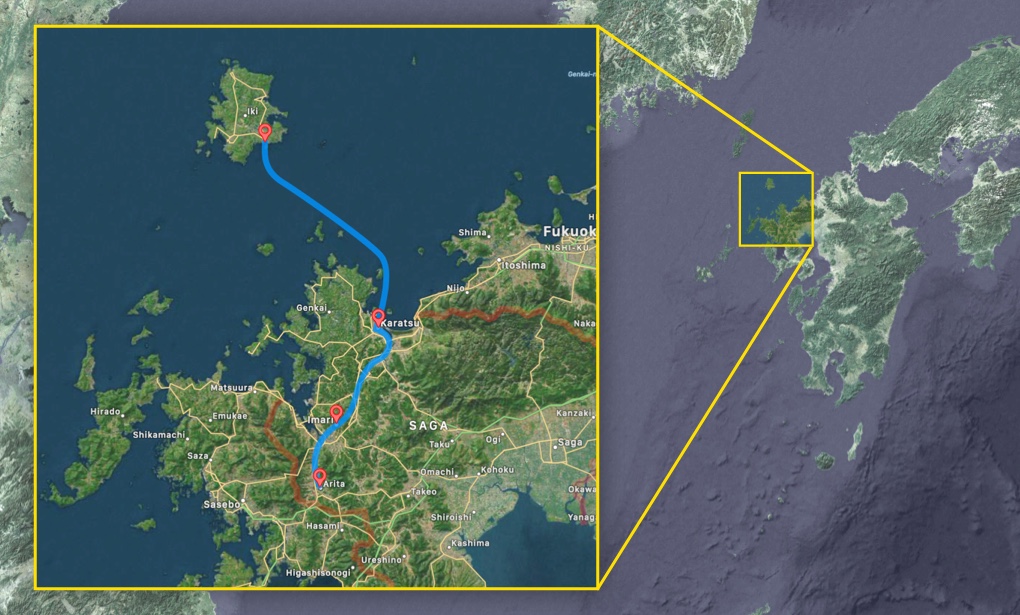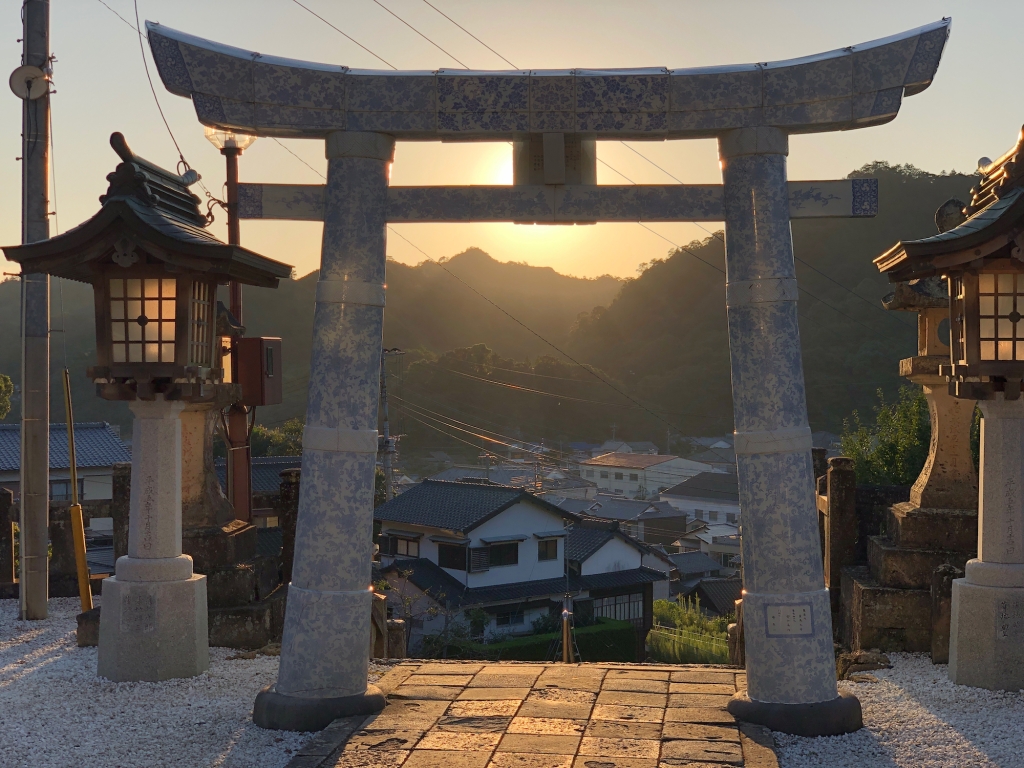This NY Times piece on a 1,020 year old shop in Kyoto has been making the rounds online. It got me thinking about other examples of products or skills that have traversed centuries, and a random discovery we made at a shopping stall: a paperless ceramic coffee filter.

Last October we travelled to Imari and Arita, in the prefecture of Saga on the Kyushu mainland. This region of Japan is famous for its porcelain. In the 17th century, as the Ming dynasty collapsed, Chinese porcelain became a rare commodity. Around the same time a kaolinite mine was discovered in this region of Japan. The lords of the region, the Nabeshima Clan, had participated in the invasion of Korea in the late 16th century. Many Koreans were “brought over” to Japan, and the Nabeshimas found some who had the skills to make high quality ceramics competitive with mainland Asia. The Nabeshima Clan hid the potters up in a secluded valley in Arita to “protect the intellectual property” of this new money-maker, shipping finished product downriver to the port at Imari where they could be loaded onto bigger ships bound for Nagasaki and then on to the palaces of Europe.


This legacy of ceramic-work was put to use in a new way a couple of centuries later. In the late 1800s, when Japan started its process of modernization, the British came to advise on all sorts of things. They helped the Japanese engineer bridges, railways, and other infrastructure, and are the reason why cars are driven on the left in Japan. The British were also responsible for Japan’s new communication network, stringing telegraph cables throughout the country. At the time, the Brits used insulators made of glass. When it came time to replace these with newer and better ceramic insulators, the potters of Arita were called upon for their expertise.
While in Imari and Arita we visited the Kyushu Ceramic Museum and wandered the pottery stores looking at some amazing pieces of art. We even tried our hand at making some vases and painting some mugs. Getting your hands dirty trying to do pottery sure gives you a healthy respect for what the pros can accomplish!
Ceramic technology is of course being still used in all sorts of high tech materials applications like rocket nozzles and 3D printing. I am not sure if that is going on in Arita, but what we did discover are these cool molded ceramic coffee filters that use micro-perforations to allow the water to pass through. We bought this filter and have been using it every day for the past two months. It works a lot better than metal filters — there is very little coffee grit at the bottom of my mug when it is done — and it is more eco friendly. Plus, it looks really cool! Check out the video below. You can see the texture is kind of like volcanic rock, it feels like it is made of sandpaper.
I am sure there are many different examples of traditional skills like this transforming through the ages. If you can think of more examples from Japan or other countries, please add them in the comments!

